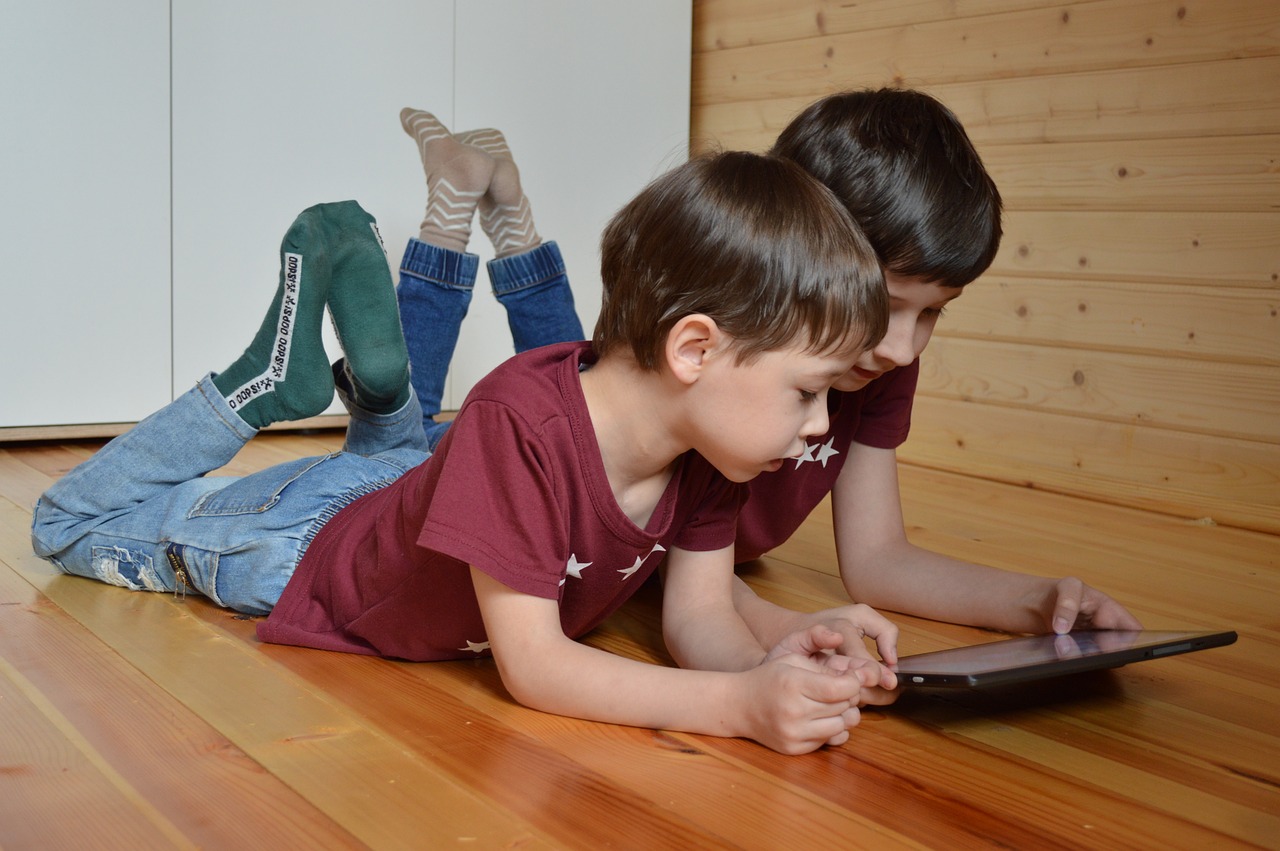The iPhone Parental Block feature is part of a broader functionality called Screen Time. It allows parents or guardians to establish controls over what content can be accessed by their children and for how long they can utilize certain applications.
The significance of this function lies in its ability to provide a safeguard against the vast sea of digital content that a child could stumble upon. With the internet being an open platform teeming with all sorts of information and entertainment, some material may not be suitable or beneficial for young minds. The parental block acts as a protective layer filtering out potentially harmful substances.
In addition to limiting access to specific applications and content, another facet of the iPhone Parental Block is controlling communication features on the device. Parents can stipulate who their child can communicate with via calls, messages, or FaceTime. This aspect extends beyond just curbing unwanted social interaction; it also furthers safety measures by preventing any potential illicit contact from strangers.
Moreover, while many people focus solely on restricting access with this tool, there's another perspective worth considering –– responsible usage education. By setting boundaries around screen time and digital interactions using parental blocks, parents aren't merely imposing restrictions; they're teaching their kids about healthy tech habits and decision-making skills online.
However impressive it may sound though - iPhone Parental Block isn't without its flaws. Some argue that it might infringe on children's privacy rights or create an atmosphere of distrust between parent-child relationships if used excessively or improperly.
It would be remiss not to mention that technological solutions cannot replace active parenting. While tools like iPhone Parental Block can aid in managing a child's digital experience, they should not substitute for open communication and shared understanding about the safe use of technology. It remains crucial for parents to engage their children in conversations about online etiquette, privacy, and the potential dangers lurking on the internet.
In conclusion, as we navigate this digital age, features like iPhone Parental Block provide much-needed control and safety measures for younger users. However, it's essential to strike a balance between using these tools and fostering trustful and educative relationships with our children about technology usage. After all, these young minds are the future bearers of our digitally-driven world.

